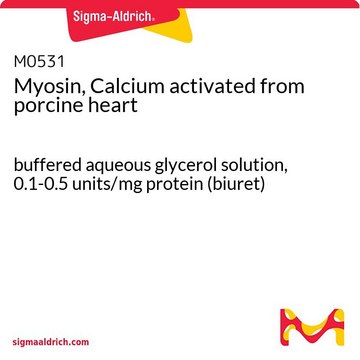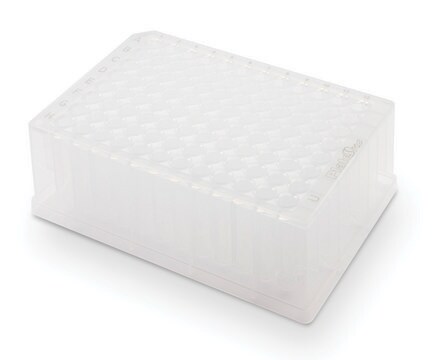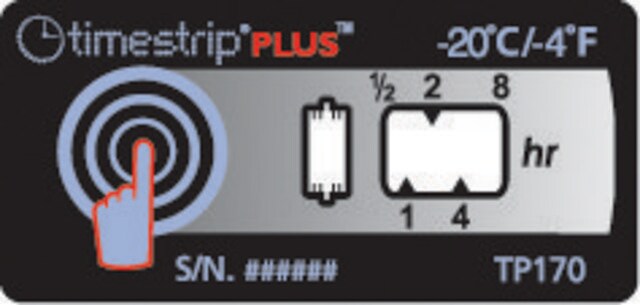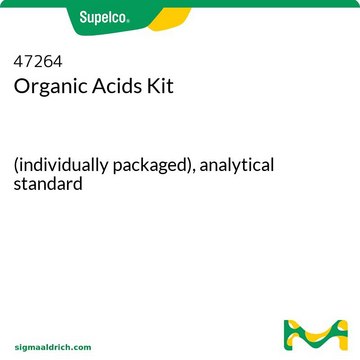MSMLS
Mass Spectrometry Metabolite Library
Supplied by IROA Technologies
Synonym(s):
MSMLS, Mass Spectrometry Metabolite Libarary of Standards, Metabolic Library, Metabolite Library
About This Item
Recommended Products
packaging
pkg of 7 plates
manufacturer/tradename
IROA Technologies
plate size
96 wells
suitability
suitable for mass spectrometry
application(s)
lipidomics
metabolomics
microbiology
shipped in
dry ice
storage temp.
−20°C
Looking for similar products? Visit Product Comparison Guide
Related Categories
General description
MSMLS™ (Mass Spectrometry Metabolite Library) is a collection of high quality small biochemical molecules used for mass spectrometry metabolomics applications and provides a broad representation of primary metabolism.
Application
Features and Benefits
- MSMLS-LOT-230-23
- MSMLS-LOT-230-16
- MSMLS-LOT-230-13
The complete plate map with Name, parent CID, molecular formula, molecular weight, CAS, ChEBI, HMDB ID, PubChem Compound and Substance ID are provided with the software download.
Broad metabolite spectrum, key primary metabolites and intermediates covering key metabolic pathways, including the following classes of compounds:
- Carboxylic acids, amino acids
- Biogenic amines, polyamines
- Nucleotides, coenzymes and vitamins
- Mono- and disaccharides
- Fatty acids, lipids, steroids and hormones
Suitability
Preparation Note
Other Notes
To view the MLSDiscovery Video visit: MLSDiscovery Tutorial Video.
Recommended products
Legal Information
Related product
signalword
Danger
Hazard Classifications
Acute Tox. 1 Dermal - Acute Tox. 2 Inhalation - Acute Tox. 4 Oral - Aquatic Acute 1 - Aquatic Chronic 1 - Carc. 1B - Eye Dam. 1 - Lact. - Muta. 2 - Repr. 1A - Resp. Sens. 1 - Skin Corr. 1 - Skin Sens. 1 - STOT RE 1 - STOT RE 2 - STOT RE 2 Oral - STOT SE 2 - STOT SE 3
target_organs
Blood, Immune system, Respiratory system, Thyroid,Cardio-vascular system,Kidney
Storage Class
6.1A - Combustible acute toxic Cat. 1 and 2 / very toxic hazardous materials
flash_point_f
-40.0 °F
flash_point_c
-40 °C
Choose from one of the most recent versions:
Certificates of Analysis (COA)
Don't see the Right Version?
If you require a particular version, you can look up a specific certificate by the Lot or Batch number.
Already Own This Product?
Find documentation for the products that you have recently purchased in the Document Library.
Customers Also Viewed
Protocols
MSMLS™ (Mass Spectrometry Metabolite Library of Standards) is a collection of high quality small biochemical molecules that span a broad range of primary metabolism. These are high purity (>95%) compounds supplied in an economical, ready-to-use format.
Related Content
We provide small molecule metabolite libraries and kits with a comprehensive range of primary metabolite compounds covering key metabolic pathways for your metabolomics research.
Our team of scientists has experience in all areas of research including Life Science, Material Science, Chemical Synthesis, Chromatography, Analytical and many others.
Contact Technical Service













